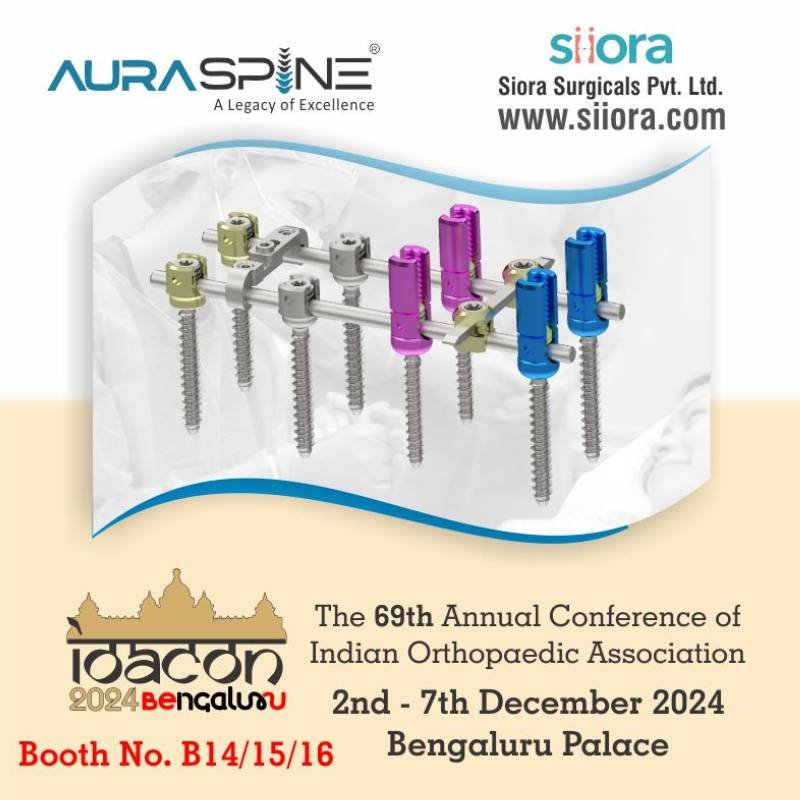Our bones are incredibly strong and resilient, providing structure and support to our bodies. But even the sturdiest bone has its limits. When enough force is applied, a bone can crack or break, leading to a fracture. Fractures can range from minor hairline cracks to complete breaks, and they can occur in any bone in the body. Multiple causes of fractures are there. Depending on the severity of the fractures, the treatment procedure is decided. In most cases of severe fractures, surgical intervention is required, and it requires the application of Trauma implants.
This blog post will talk about the various causes of fractures, exploring how trauma, repetitive stress, and underlying health conditions can contribute to bone breaks. Besides this, we’ll also discuss risk factors that make you more susceptible to fractures along with the tips for maintaining bone health.
What Are the Causes of Fractures?
Trauma: The Most Common Reason
The most frequent cause of fractures is trauma. It refers to a sudden forceful impact on the bone. There could be various reasons for trauma:
Falls
From a missed step to a tumble down the stairs, falls are a leading cause of fractures. This is especially true among older adults and young children. Their bones may be weaker, making them more prone to breaking upon impact.
Accidents
Car accidents, motorcycle crashes, and bicycle injuries can all exert tremendous force on bones, resulting in fractures.
Sports Injuries
Athletes participating in high-impact sports like football, basketball, and skiing are more likely to experience fractures due to collisions or falls.
Violence
Physical assault can cause bone fractures, particularly in the ribs, arms, and legs.
Stress Fractures: Tiny Cracks from Repetitive Movement
While a single powerful impact can cause a fracture, repetitive stress can also lead to tiny cracks in the bone. Such fractures are known as stress fractures. These injuries are common in athletes who engage in activities that involve repetitive movements, such as long-distance running, jumping sports, and gymnastics. The constant stress on the bone eventually weakens it, causing a hairline fracture.
Underlying Conditions that Weaken Bones
Certain medical conditions can make bones more fragile and prone to fractures, even with minimal trauma. Common reasons for bone weakening include:
Osteoporosis
This is a bone disease characterized by a decrease in bone mineral density and deterioration of bone tissue. Osteoporosis makes bones weak and porous, increasing the risk of fractures even from minor falls or bumps.
Bone Cancer
Cancerous tumors in the bones can weaken them significantly, making them more susceptible to fractures.
Metabolic Bone Diseases
Conditions like Paget’s disease and osteogenesis imperfecta can alter bone structure and metabolism, leading to bone fragility and an increased risk of fractures.
Vitamin D Deficiency
Vitamin D plays a crucial role in calcium absorption, which is essential for bone health. A deficiency in vitamin D can hinder calcium absorption while leading to weaker bones and an increase in the susceptibility to fractures.
What Are the Risk Factors for Fractures?
While anyone can experience a fracture, certain factors can make you more susceptible:
Age
As we age, our bones naturally lose density and become weaker. This makes older adults more prone to fractures, especially from falls.
Gender
Women are generally at a higher risk of osteoporosis compared to men, putting them at an increased risk of fractures later in life.
Nutrition
A diet lacking in calcium and vitamin D can contribute to bone weakness and increase fracture risk.
Certain Medications
Corticosteroids and some medications used to treat seizures can weaken bones and increase fracture risk.
Previous Fractures
Having had a fracture in the past, particularly in the same bone, increases the chances of experiencing another fracture in that location.
How to Maintain Bone Health for Fracture Prevention?
Here are some essential tips for keeping your bones strong and reducing your risk of fractures:
Eat a balanced diet
Maintain a diet rich in calcium-rich foods which may include dairy products, leafy green veggies, and fortified foods. Include vitamin D sources like fatty fish and eggs, or consider supplements if needed.
Engage in weight-bearing exercises
Weight-bearing exercises like walking, running, dancing, and strength training put stress on bones, encouraging them to become denser and stronger.
Maintain a healthy weight
Obesity can put extra stress on bones, increasing fracture risk.
Don’t neglect fall prevention
If you’re concerned about falls, ensure your home environment is free of tripping hazards. Consider using grab bars in bathrooms and installing railings on stairs.
Talk to your doctor
Discuss your risk factors for fractures with your doctor and get screened for osteoporosis if necessary. They can also advise on appropriate vitamin and mineral supplements based on your individual needs.
By understanding the various causes of fractures and taking steps to maintain bone health, you can significantly reduce your risk of experiencing a bone break. Remember, early diagnosis and proper treatment are crucial for optimal fracture healing and preventing complications from fractures.
Conclusion
Fractures are common injuries as anyone irrespective of age can experience one. The severity and type of fracture depend on its cause. However, the advancements in the field of orthopedics have made the treatment of even the most complex of fractures possible. Fractures could occur from minor falls to severe accidents. While on the other hand, some conditions may cause fractures without any significant cause. To minimize the risk of fractures, you need to maintain a healthy lifestyle including exercising, a complete diet, and regular bone density checkups.
About Siora Surgicals Pvt. Ltd.
Siora Surgicals Pvt. Ltd. is a renowned manufacturer of a CE-certified range of trauma implants in India. Having served clients in over 50 countries, the company is looking for orthopedic distributors in Malaysia, Thailand, and other countries. Siora owns a well-established manufacturing facility in the RAI District, Sonepat, Haryana, where all the trauma implants and instruments are manufactured and tested to meet international standards.
Siora Surgicals maintains a huge inventory of CE-certified implants including titanium spine implants, variable angle locking plates, LCP locking compression locking plates, hip replacement implants, and more. The company is also proud to enjoy the status of a trustworthy OEM service provider in the world.







